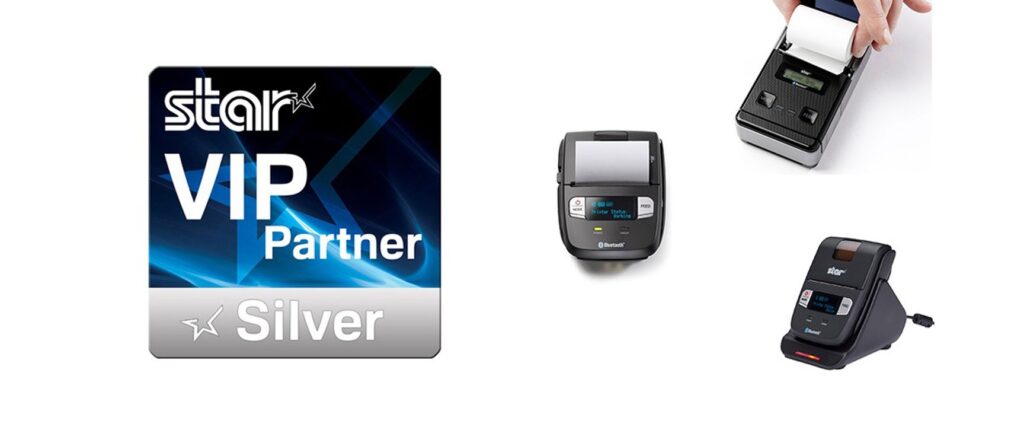We often speak of the roles of customer experience leaders and executives in pushing a customer experience mandate forward. Often these leaders include Chief Experience Officers, Chief Marketing Officers, Chief Customer Officer and the likes. The efforts of these leaders will be incomplete without the mainstreaming of a customer experience mindset, culture and enabling skillset within teams. This doesn’t negate the invaluable role of individual customer experience champions in an organization, especially when these champions are spread across different departments. However, it is important for organizations to be deliberate about inculcating customer experience tenets in their teams through structured processes and a value-based approach that is internalized as part of organizational DNA.
High functioning customer experience teams incorporate the voice of the customer into decision making at all levels. They pay attention to the evolving needs of the customer amidst the backdrop of a transformative business environment. They are intentional about eliminating silos and augmenting their mechanisms of accountability and innovation. They set up lines of steady and seamless communication, uphold high standards of integrity, value continuous improvement and growth, and favour a systematic approach towards retaining and entrenching these practices over the lifetime of an organization.
An understanding of recurring features of high performing teams reveals the main factors that make them up. These can be applied to existing teams still at early or mid-stages of their customer experience development. Below are five key factors which are essential to high- performing customer experience teams:
1. Accountability
For organizations, being answerable for quality in the delivery of products, services and experiences ties in closely to the essence of customer experience. In a sense, customer experience management is a form of organizational accountability, only that ideally, organizations do not stop at fulfilling what they are in business to deliver, but they go the extra mile to exceed expectations, proactively anticipate customer demand based on purchasing patterns and behavioural insights, and set premium-level standards for customer satisfaction.
In applying the principles of accountability at team-level, a high performing customer experience team should have firm values around product, process and service quality, authenticity, and accuracy. In practice, the enablers of these would include: clarity on roles and responsibilities, an attitude of shared ownership and collaboration, honesty, integrity and continuous improvement.
2. Communication
Effective and concise communication between a customer and an organization is key in customer experience management. To set the tone for effective customer communication, communication at the team level must be precise and consistent. Thorough understanding and ability to convey what the organization does, how it serves customer needs, and how it adds value to customers, should be evident at team and individual level and should be visible in the corresponding work output. With this imbibed throughout, an organization’s need for promotional and transactional communication will be more effectively covered by employees. This way, chatbots on a website relay the same fundamental message as marketing newsletters, and physical touchpoints reflect the same messaging as digital touchpoints.
3. Agility
Agility is crucial to customer experience management. It supports operationalization in line with the iterative nature of customer experience management, which resonates in a quote by Leon Gorman: “Customer service is just a day-in, day-out, ongoing, never-ending, unremitting, persevering, compassionate type of activity”. If accountability is in check such that employees are delivering appropriately, and communications flows precisely and consistently between an organization and a customer, agility comes into play to ensure that the cycle of learning and improving quickly to respond to customers and guarantee continued satisfaction is in place. Agile teams listen to customer feedback, prioritize, plan and execute on actionable insights based on the feedback. When done right, customer experience management takes the form of small and steady improvements, value-adding iterations, speedy and collaborative execution.
4. Innovation
Innovation is pivotal to customer experience management. With increasing digitization and its changes to business, customer-organization interaction is being reinvented day by day. This necessitates product and process innovation, incorporating innovation across customer channels, as well as innovation within the models of product and service improvement.
Internally, innovation for the advancement of customer experience through teamwork is propped up greatly by the adoption and socialization of the right tools to support cohesiveness, transparency and collaboration. Cloud-based platforms and project management softwares now come in different forms with different technologies. It is essential to weigh options thoroughly and ensure that the best choice helps manage the unique moving pieces in the organization.
5. Collaboration
Collaboration is essential to every customer experience strategy. Not only does it enhance efficiency, it expands the pool of expertise that comes into different products and services thus increasing the level at which an organization can meet their customer needs. Using tools and creating avenues for shared calls, shared data, joint design, analysis and testing, as well as shared feedback platforms helps eliminate siloing of information at the organizational level, and reinforce collaboration.
In all, the steps towards building high performing customer experience teams are all geared towards the dissemination of a customer-oriented mindset beyond the executive level, expanding it beyond individuals and creating avenues for transformation across the wider employee spectrum.
— Photo by Fizkes/Stock Adobe




